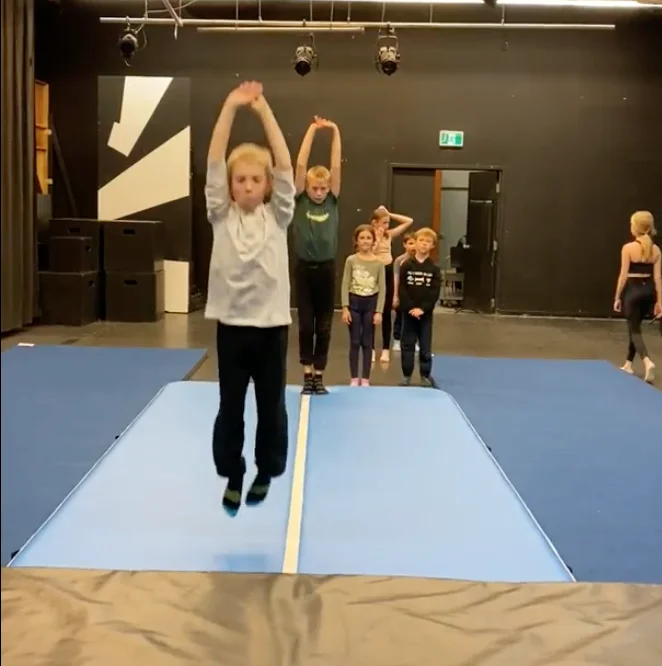Developing yourself
Some circus disciplines, such as acrobatics, indeed, have much in common with gymnastics; it is, in fact, a type of gymnastics but related to various ranges of art forms. The emphasis in this discipline is on the dexterity of the athlete, on the flexibility of his body, as well as on physical strength, the ability to balance and jump high, ride a unicycle in Ottawa or Tokyo, do hand-balancing and do juggling with balls or clubs. Note that acrobatic skills quickly “fade” if the child misses training. If he learned to swim once, he won’t forget how to do it, with acrobatics it’s exactly the opposite.
Circus acrobatics includes several varieties of circus art. It can be aerial, power, jumping acrobatics, and others. Circus acrobatics can also have male, female, or mixed teams.
How circus acrobatics is useful for children
What is useful acrobatics for children, this is the question most often asked by parents who have decided to give their child to the circus group at Nepean creative arts center.
The benefits of acrobatics:
Development of strength and endurance;
The training of all muscle groups;
The development of flexibility;
Strengthening the vestibular system;
Improvement of movement coordination;
Improvement of orientation in space;
Strengthening of immunity;
Strengthening the cardiovascular system;
Strengthening the spine.
Moreover, like other sports for children, circus not only has a positive effect on physical health but also helps build willpower and character. At Capital circus regular training help to develop such qualities as self-confidence, diligence, responsibility, and commitment. These qualities help young athletes not only to reach the peaks in sports but also to achieve their goals in everyday life.
Benefits of circus training classes
The physical development of the child involves compulsory training in sports. But for some children, the usual physical education classes are not enough. In this case, acrobatics, juggling, unicycle, handbalancing, trampoline, and working in a team can be a great addition to physical training. It helps a child to acquire a beautiful athletic look, makes the posture straight, and each movement beautiful and graceful. Even if your child does not dream of becoming an Olympic champion, you can offer him circus acrobatics classes to develop:
flexibility;
dexterity;
courage;
coordination;
body control;
vestibular apparatus;
restraint, and the right direction of energy.
With the help of circus acrobatics lessons, you can form a strong muscular corset, make the body taut, and correct spinal curvature. Circus acrobatics training has a positive effect on the heart muscle, and cardiovascular system, makes bones strong, and even improves the immune system, which is very important at a young age.
Children love circus and acrobatics because it develops physical abilities and makes them feel superior to other children. In addition, it is a great substitute for computer games. There is no less adrenaline, the joy of victory, but the child does not sit in the same position for a long time, which is very dangerous to the formation of the child’s body.
Methods of teaching circus acrobatics classes.
Circus classes, as well as classes in any kind of sport and physical culture, should be conducted systematically and methodically. Only such classes can give positive results.
Stereotypes about circus
Many people are subject to stereotypes that children’s circus acrobatic tricks can be dangerous to health and harm the child’s body. Training is done step by step, in no case ahead of the capabilities, abilities, and physical preparation of the child. Each student is trained to take into account individual characteristics, which makes it possible to avoid injuries.
At what age can your child do circus and acrobatics?
Answering the question of what age a child can practice acrobatics, juggling, and German wheel. There is an opinion that t is one of the earliest art forms and sports. Very often take kids as young as 3-4 years. It was at this age when children are most mobile, and their bodies are still very flexible and plasticky. Therefore, kids are much easier to learn complex exercises in stretching and flexibility.
For training at the professional level, kids at the age of 7-8 years are accepted. At this time, children’s bones have already become stronger, but ligaments are still elastic. At this age, the selection of the school and sections is more rigid. Here take the guys with good natural data. If the child is overweight or if his body is not flexible, training will turn into hard work and will not bring results.
